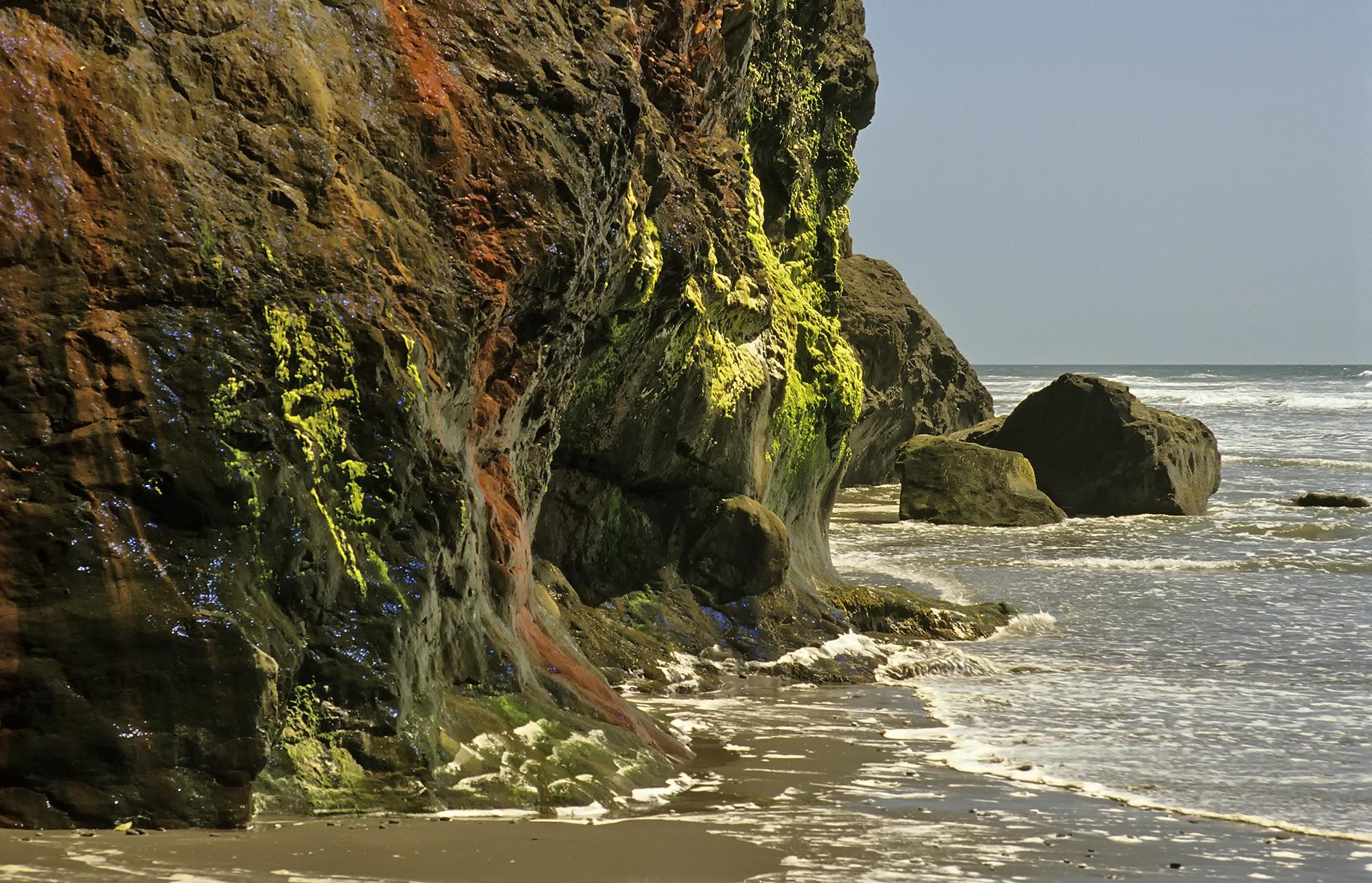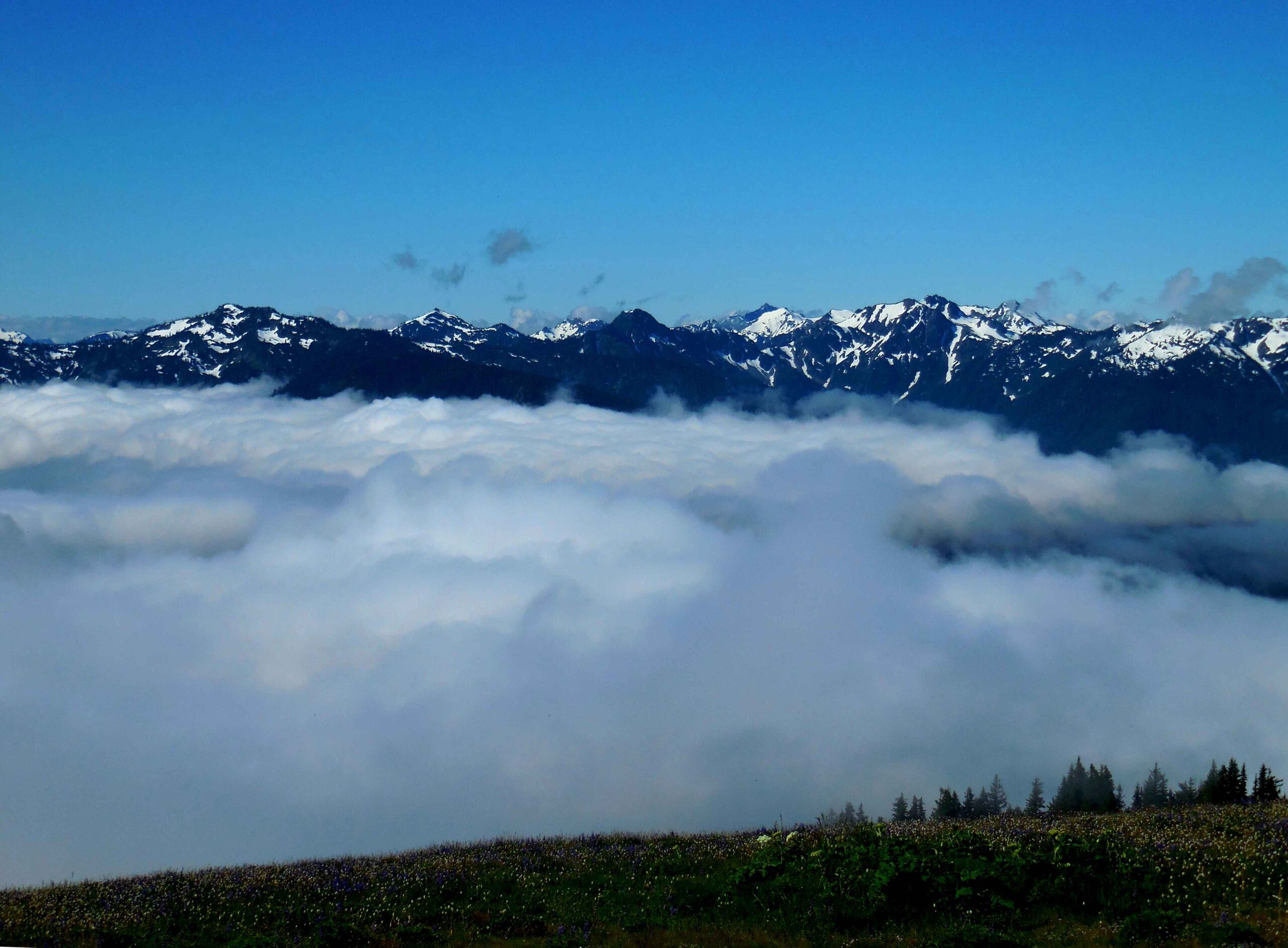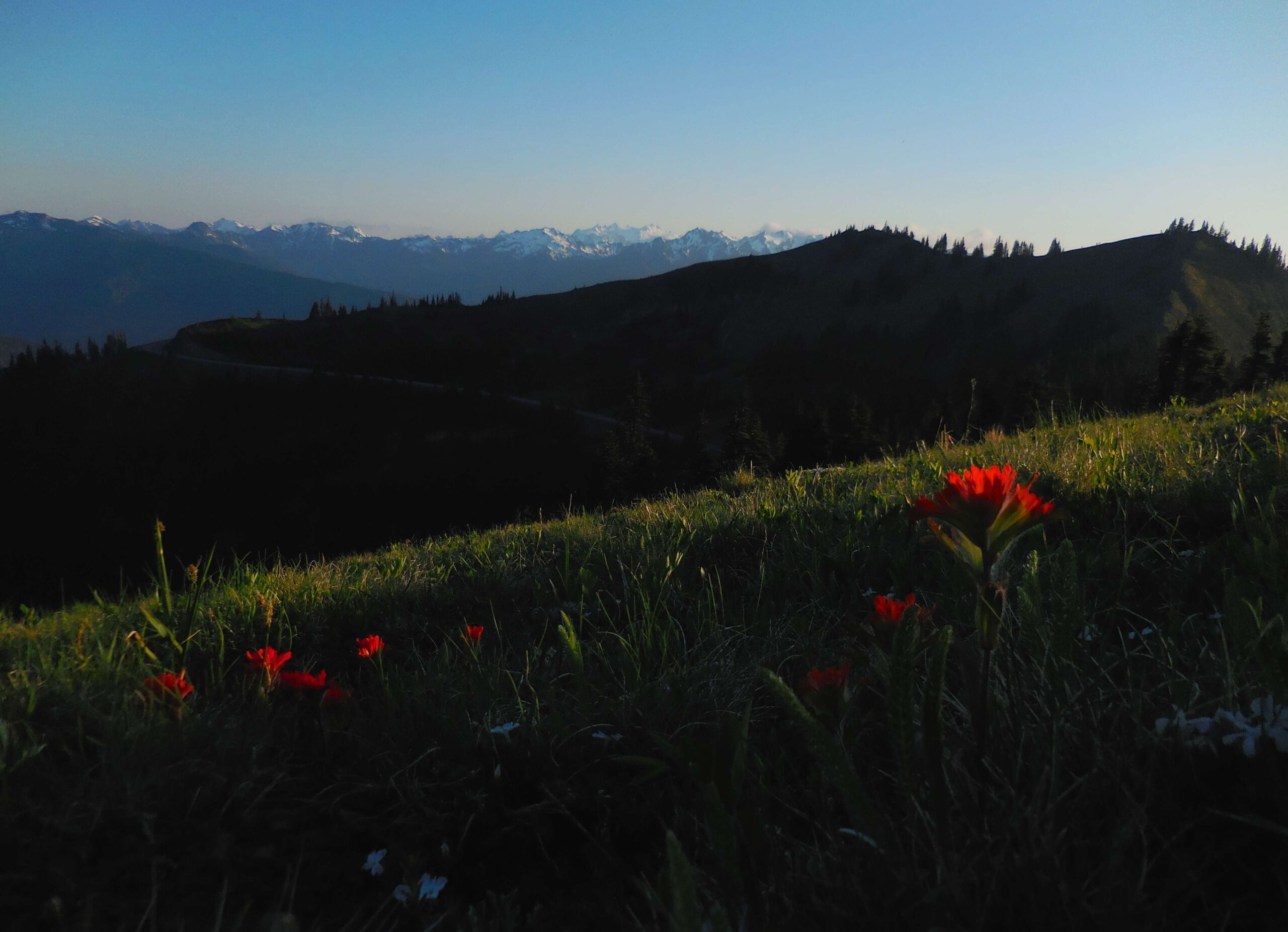The Hoh Rain Forest in Olympic National Park, Washington, is a temperate rainforest renowned for its lush, moss-covered landscape and towering old-growth trees. Receiving an average of 140 inches of rain annually, this unique ecosystem is home to diverse wildlife and offers visitors a chance to explore pristine wilderness through various hiking trails. The Hoh Rain Forest is a testament to the raw beauty of the Pacific Northwest and a must-visit destination for nature enthusiasts.
What Makes Hoh Rain Forest Unique?

The Hoh Rain Forest stands out as one of the finest remaining examples of temperate rainforest in the United States. Its uniqueness stems from several factors:
- Abundant Rainfall: With over 140 inches of annual precipitation, the forest thrives in a perpetually moist environment.
- Ancient Trees: The forest boasts centuries-old Sitka spruce and Western hemlock trees, some reaching heights over 200 feet.
- Diverse Ecosystem: Home to a wide variety of plant and animal species, including Roosevelt elk, black bears, and numerous bird species.
- Moss-Covered Landscape: The forest floor and trees are blanketed in a thick layer of moss, creating an otherworldly atmosphere.
What Are the Best Trails to Explore?

The Hoh Rain Forest offers several trails catering to different skill levels and interests:
- Hall of Mosses Trail
- Length: 0.8 to 1.1 miles
- Difficulty: Easy
-
Highlights: Moss-draped trees, interpretive signs, Maple Grove
-
Spruce Nature Trail
- Length: 1.2 miles
- Difficulty: Easy
-
Highlights: Old and new growth forest, Hoh River viewpoint
-
Hoh River Trail
- Length: Up to 34.6 miles (out-and-back)
- Difficulty: Hard (full length), Easy to Moderate (initial sections)
- Highlights: Ancient trees, nurse logs, Blue Glacier vista (at trail’s end)
When Is the Best Time to Visit?
The best time to visit Hoh Rain Forest depends on your preferences:
- Spring and Early Summer: Optimal conditions with slightly drier weather and lush vegetation.
- July and August: Driest months, but also the busiest.
- Shoulder Season (April-May or September-October): Fewer crowds, but potentially wetter conditions.
| Season | Pros | Cons |
|---|---|---|
| Spring | Lush vegetation, fewer crowds | Potentially wet |
| Summer | Driest weather, longer days | Crowded, higher prices |
| Fall | Fall colors, fewer crowds | Increasing rainfall |
| Winter | Solitude, unique atmosphere | Cold, wet, limited access |
How to Prepare for Hiking in Hoh Rain Forest?
To make the most of your visit to Hoh Rain Forest, consider the following preparation tips:
- Wear waterproof clothing and footwear
- Bring layers for changing temperatures
- Pack insect repellent and sunscreen
- Carry plenty of water and snacks
- Bring a camera to capture the stunning scenery
- Check trail conditions and weather forecast before your visit
What Wildlife Can Be Spotted in Hoh Rain Forest?
The Hoh Rain Forest is home to a diverse array of wildlife:
- Large Mammals: Roosevelt elk, black bears, river otters
- Small Animals: Banana slugs, snails, rodents, snakes, salamanders
- Birds: American robins, barred owls, Canada grey jays, Northern spotted owls (endangered)
Wildlife viewing tips:
– Be quiet and observant
– Maintain a safe distance from animals
– Never feed wildlife
– Use binoculars for better viewing
Are There Camping Options in Hoh Rain Forest?
Yes, camping is available in Hoh Rain Forest:
- Hoh Campground: Located near the Visitor Center
- Backcountry Campsites: Along the Hoh River Trail
Camping regulations:
1. Reservations required for backcountry sites
2. Fees apply for both campground and backcountry permits
3. Maximum stay limits vary by site and season
4. Proper food storage and waste disposal mandatory
5. Respect wildlife habitats and follow Leave No Trace principles
What Amenities Are Available at Hoh Rain Forest?
The Hoh Rain Forest area offers several amenities for visitors:
- Hoh Rain Forest Visitor Center
- Information desk
- Exhibits on local ecology
- Bookstore
-
Restrooms
-
Picnic Areas
- Tables available near the Visitor Center
-
Perfect for a quick meal before or after hiking
-
Ranger-Led Programs
- Seasonal guided walks and talks
-
Educational programs for all ages
-
Accessible Facilities
- Some trails and viewpoints are wheelchair accessible
- Check with the Visitor Center for up-to-date accessibility information
How to Get to Hoh Rain Forest?
Reaching Hoh Rain Forest requires some planning:
- By Car:
- Located about 2 hours from Port Angeles, WA
- Take US-101 to Upper Hoh Road
-
Follow Upper Hoh Road for 18 miles to the Visitor Center
-
Public Transportation:
- Limited options available
-
Check with Olympic National Park for current shuttle services
-
Parking:
- Available at the Visitor Center
- Can fill up quickly during peak season
What Are the Park Fees and Regulations?
Visiting Hoh Rain Forest requires adherence to park fees and regulations:
- Entrance Fees:
- $30 per vehicle (valid for 7 days)
- $15 per individual (on foot or bicycle)
-
Annual passes available
-
Regulations:
- Stay on designated trails
- No collecting of plants or other natural objects
- Pets not allowed on trails (service animals excepted)
- Follow all posted signs and ranger instructions
By following these guidelines and exploring the wonders of Hoh Rain Forest, visitors can experience one of the most unique and beautiful ecosystems in Olympic National Park, Washington.
References:
1. How to Visit the Hoh Rainforest in Olympic National Park
2. 3 Incredible Hoh Rainforest Hikes in Olympic National Park
3. Visiting the Hoh Rain Forest

